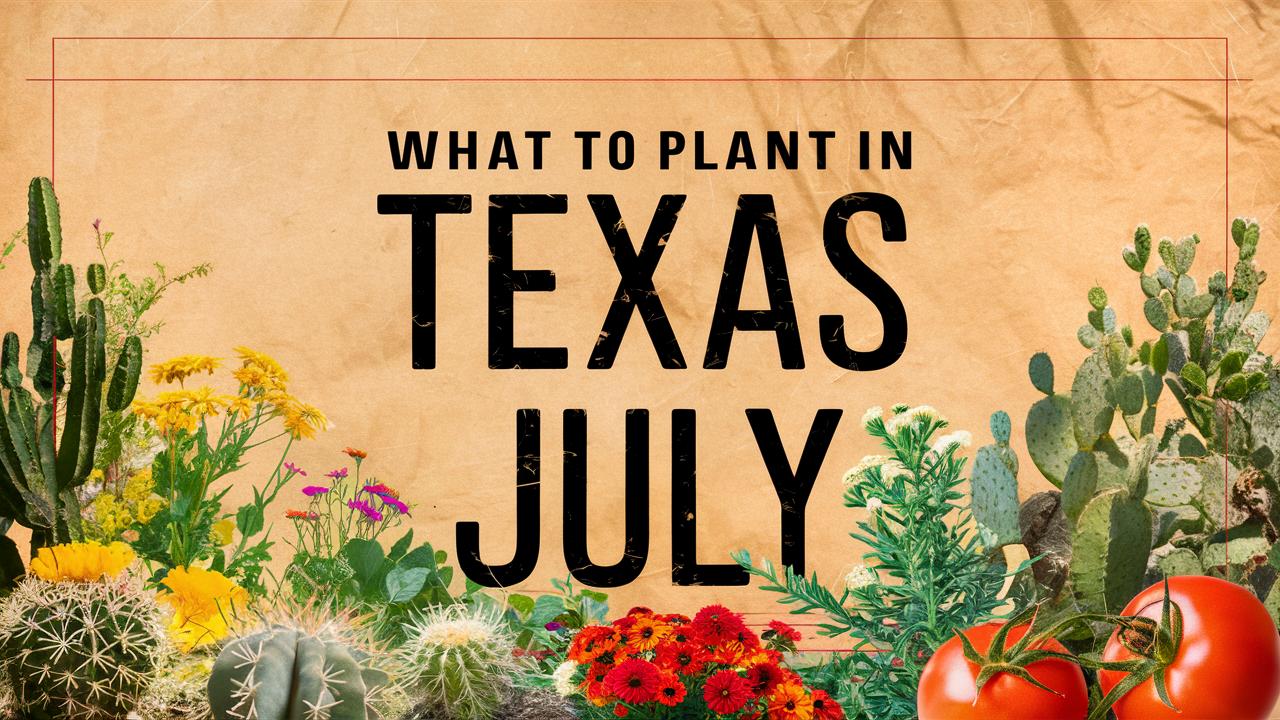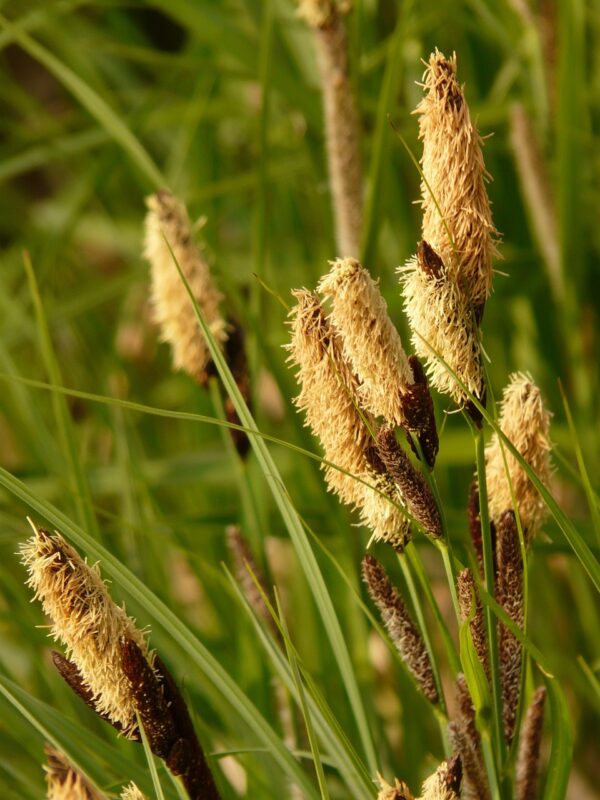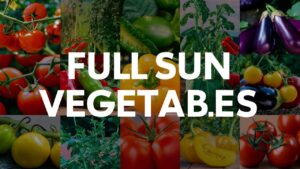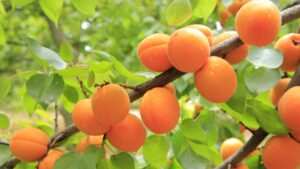This guide explores the best plants to cultivate in July, tailored to the different regions of Texas.
Vegetables To Plant
Okra (Abelmoschus esculentus)
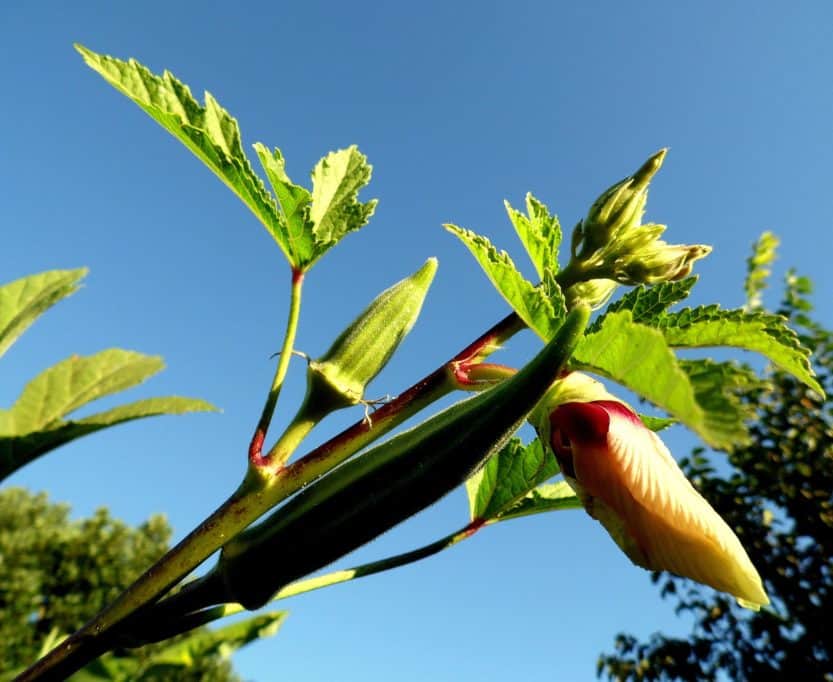
Okra is a quintessential Southern vegetable known for its heat resilience and prolific production. This warm-season favorite thrives in the Texas heat, making July an ideal month for planting. In USDA Zones 8-9, you can start okra seeds directly in the ground as the soil warms up. Okra prefers temperatures between 75°F and 90°F and can tolerate higher temperatures as well. Ensure it receives full sun for at least six hours a day, and be mindful of watering needs to prevent bitter pods.
Southern Peas (Vigna unguiculata)
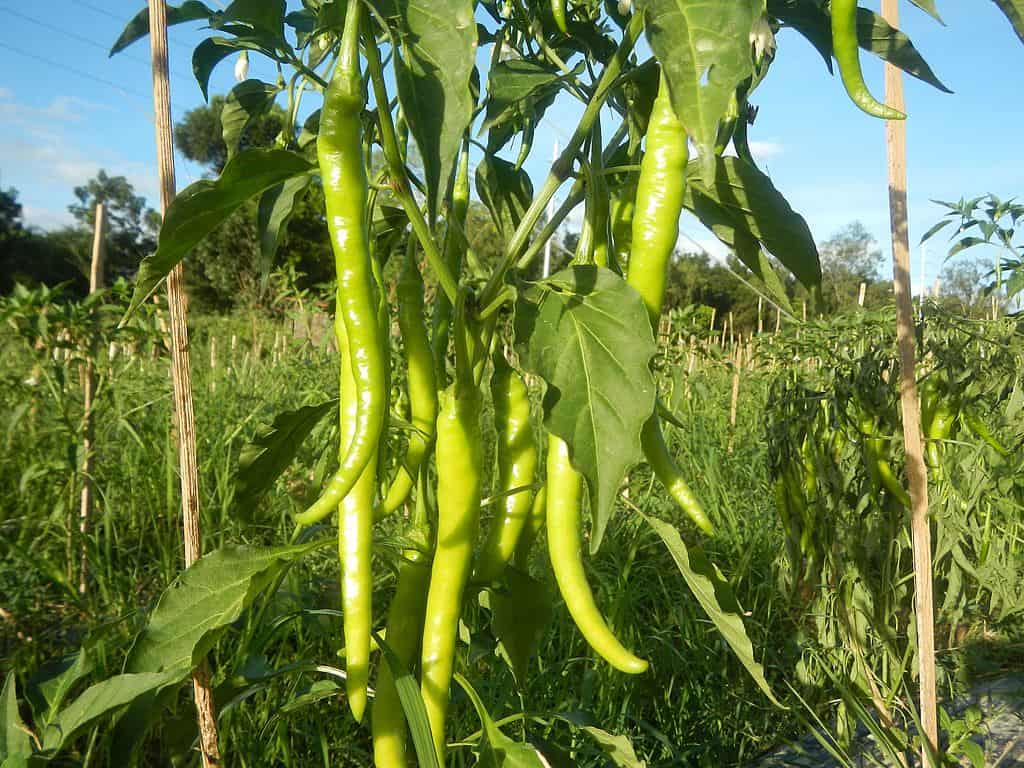
Southern peas, or cowpeas, offer a perfect planting opportunity from late June through August, especially in Texas. Varieties like Black-eyed peas and Purple Hull peas flourish in the heat, making them a staple in Texan gardens. These legumes thrive in temperatures from 70°F to 95°F and can tolerate short droughts, making them low-maintenance once established. Plant them 1 inch deep and space them about 3 inches apart in well-drained soil.
Squash (Cucurbita pepo)
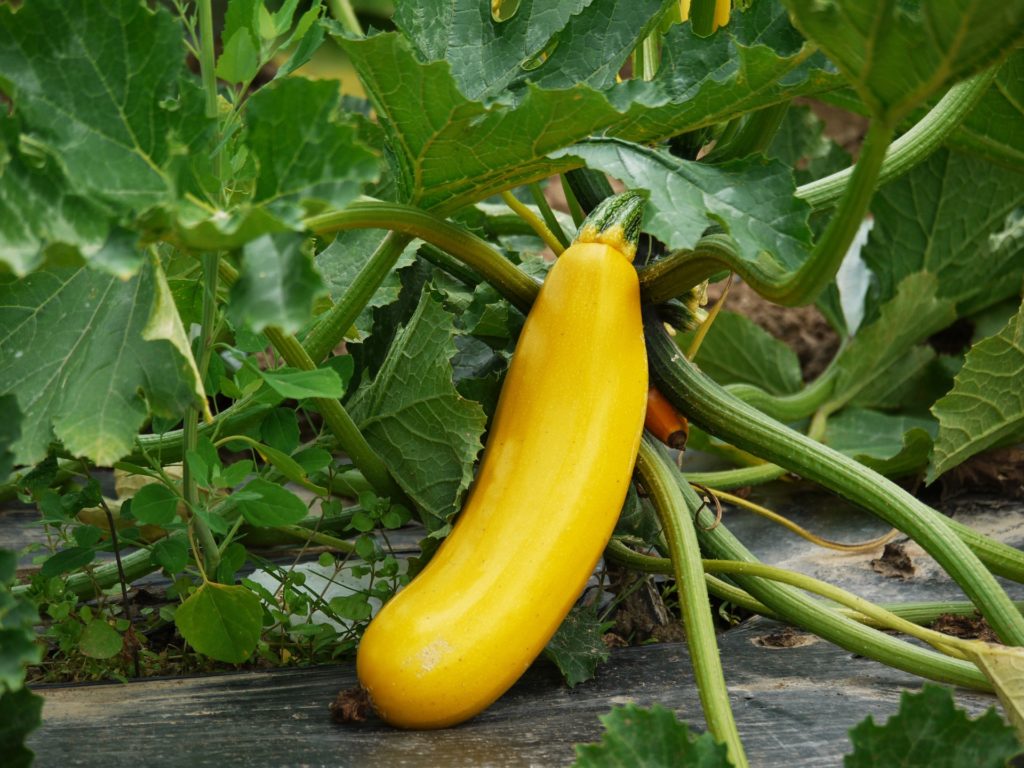
Summer squash varieties, such as zucchini and yellow squash, can be successfully sown in July across most of Texas. These plants grow best in warm temperatures ranging from 70°F to 85°F but they can handle the heat of the southern summer. Plant them about an inch deep, at least two feet apart to allow ample room for sprawling. Regular harvesting encourages continuous production, so check your plants for ripe fruits often.
Melons (Cucumis melo)
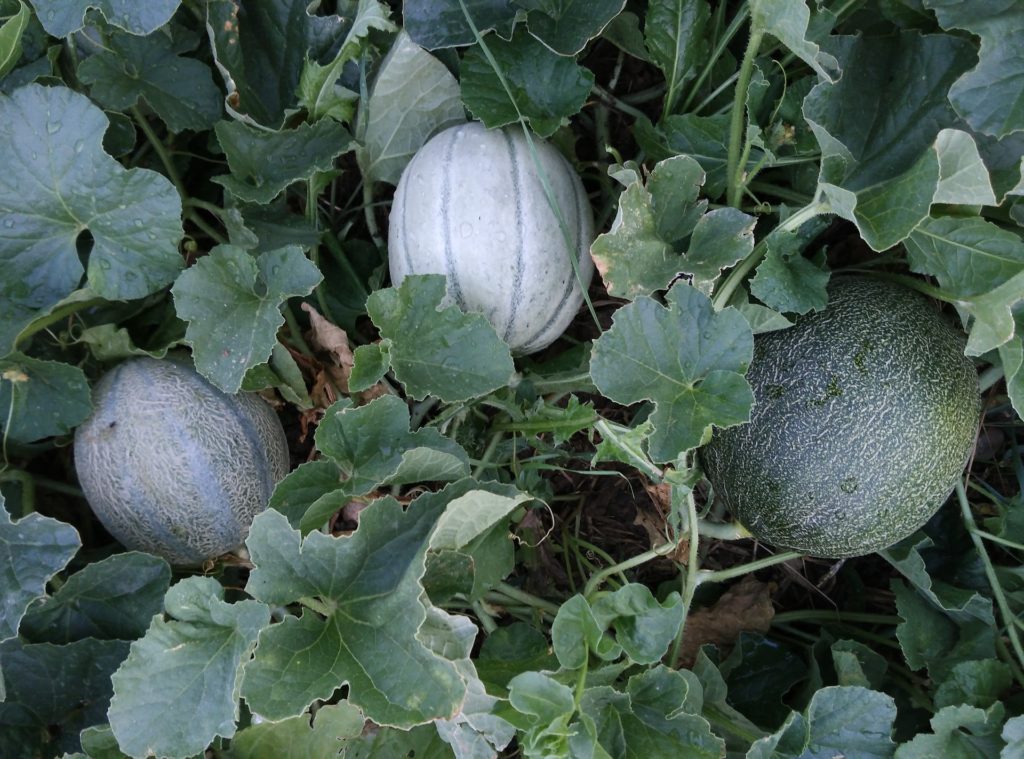
Melons like cantaloupe and watermelon are fantastic summer crops that thrive in hot Texas weather. Juicy and refreshing, they prefer to be planted in well-draining, nutrient-rich sandy loam. July is an excellent month for sowing seeds directly into the ground in USDA Zones 8-9. They require full sun and should be planted about one inch deep, ensuring you space plants at least 36 inches apart to encourage airflow and reduce disease risk.
Bell Peppers (Capsicum annuum)
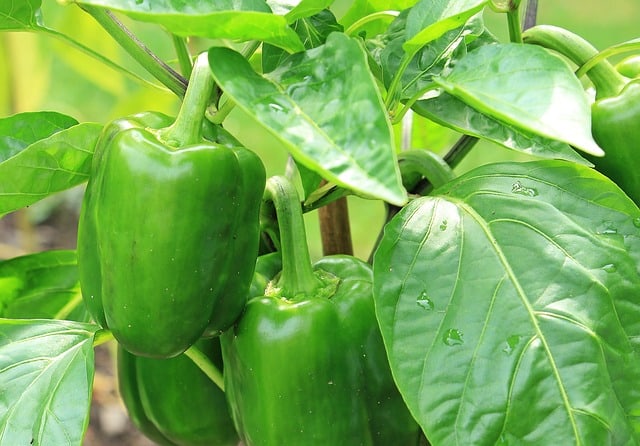
Bell peppers can be planted in July in Central and Southern Texas, particularly in USDA Zones 8-9. They thrive in warm conditions, with ideal growth temperatures between 70°F and 85°F. When planting, ensure you give them plenty of sunlight and space. Typically, plants should be spaced 18 inches apart and planted at the same depth they were in their nursery pots. Incorporate compost to encourage strong growth and vibrant colors.
Eggplant (Solanum melongena)
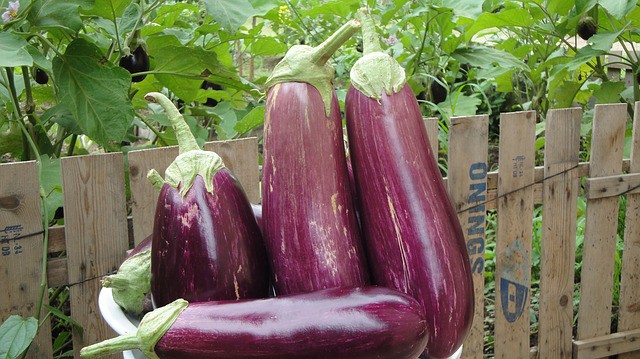
Eggplants are another variable for those gardening in the heat of July. They flourish in warm temperatures and require similar conditions to bell peppers. In Central and Southern Texas (Zones 8-9), planting seedlings 2 feet apart is ideal, as they can spread quite generously. Eggplants thrive in full sun and prefer moist but well-draining soil. This vegetable produces best when consistently watered and fertilized.
Sweet Corn (Zea mays)
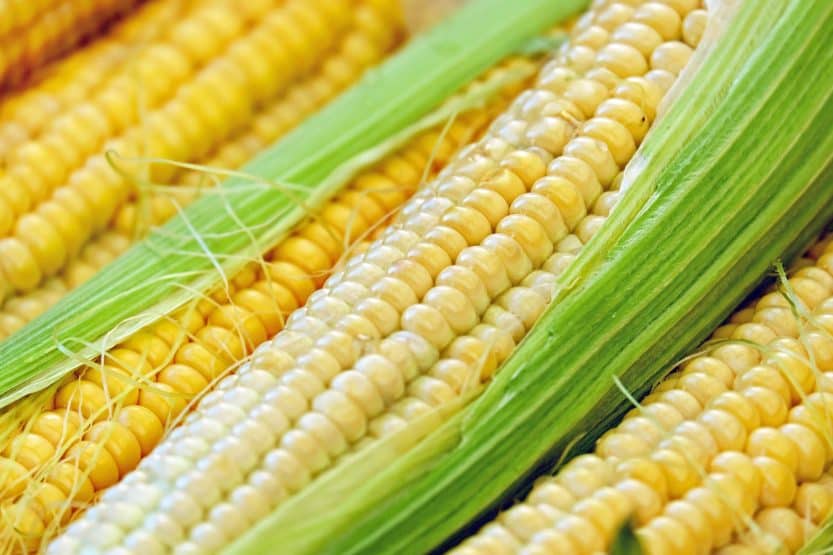
Sweet corn can still be planted in early July in many regions of Texas, particularly in the northern and central areas. Corn is a warm-season crop that flourishes in temperatures from 60°F to 95°F. Choose a full-sun location and plant seeds 1 to 2 inches deep, spacing them about 12 inches apart. Consider planting in blocks rather than rows to enhance pollination and increase yields.
Cucumbers (Cucumis sativus)
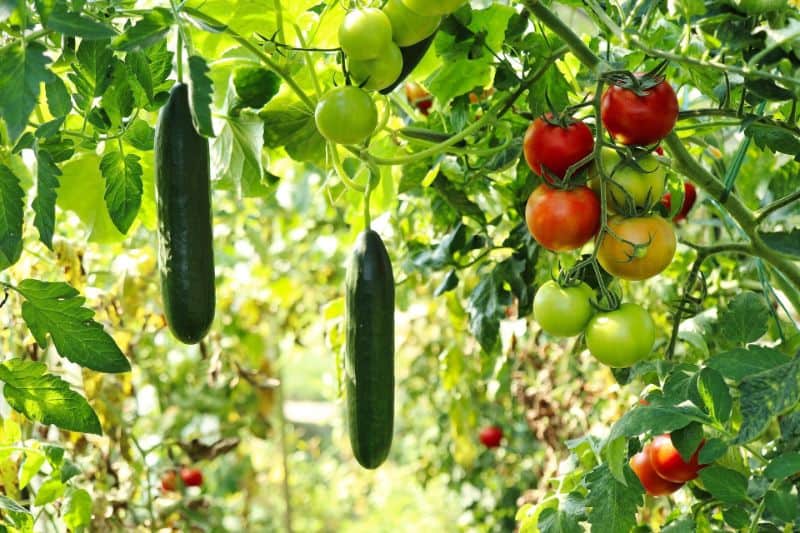
Cucumbers are another great choice for a July planting. Providing they receive plenty of sun and warm soil temperatures—noted in Texas for ideal growth from 70°F to 90°F—these vine crops flourish well in July. Space cucumber seeds or seedlings 36 inches apart, and consider trellising them to maximize space and improve air circulation.
Tomato (Solanum lycopersicum)
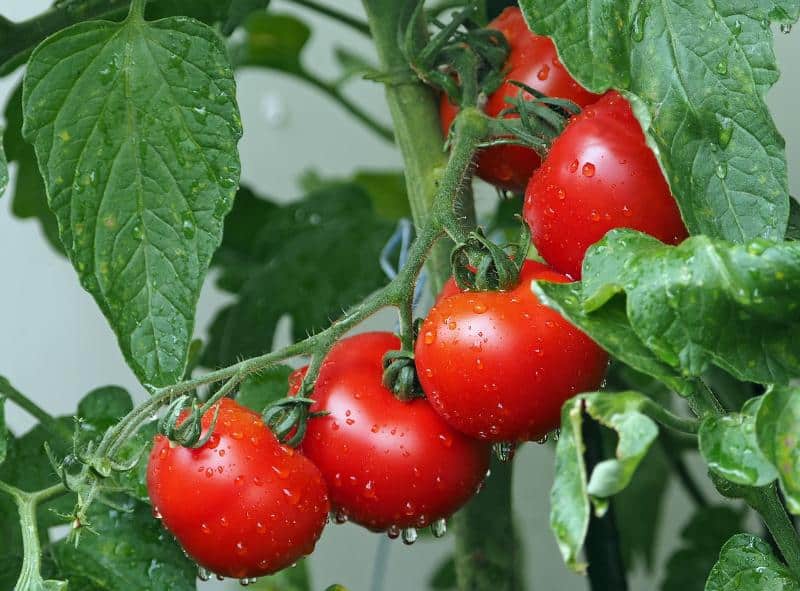
While typically established earlier in the season, July offers a chance for late plantings in the southern regions of Texas with heat-tolerant varieties like ‘Heatwave II’ or ‘Sun Gold.’ Set these seedlings in well-drained soil, spaced 18-24 inches apart, and ensure they receive plenty of sunlight and consistent moisture.
Green Beans (Phaseolus vulgaris)
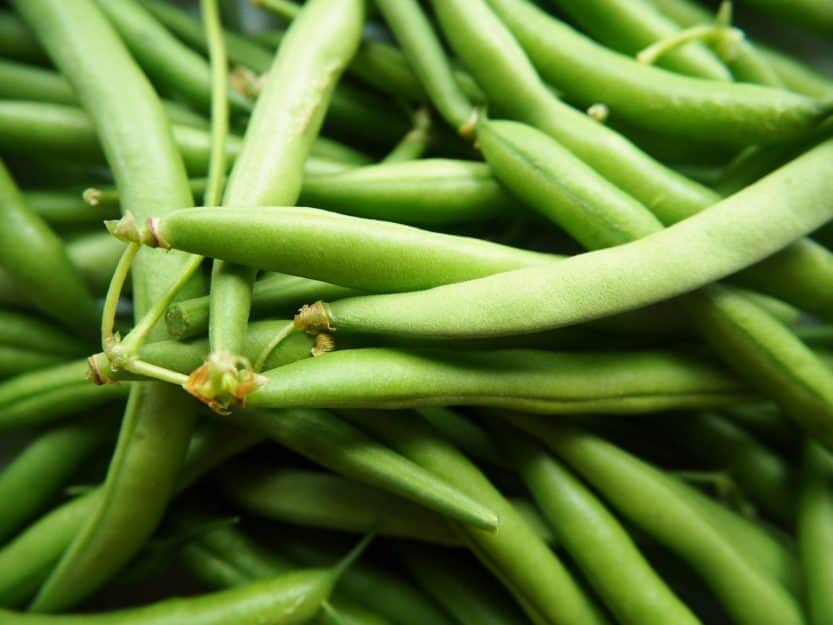
Finally, consider planting green beans in July, especially bush types that flourish in warm weather. Spaced about 2-4 inches apart, they can adapt well to Texas soil, growing optimally in temperatures ranging from 70°F to 85°F. Regular harvesting encourages continued production, just like squash. Allow seedlings plenty of sun and keep the soil moist for best results.
Flowers To Plant
Zinnias (Zinnia elegans)

Zinnias are vibrant, robust annual flowers perfect for planting in July across Texas. They flourish in full sun and can handle the heat, making them ideal for USDA Zones 8-9. Plant them directly into well-drained soil, spacing them about 12 inches apart. With their drought tolerance, they require minimal maintenance, blooming from summer to fall and attracting butterflies to your garden.
Sunflowers (Helianthus annuus)

Sunflowers are not just beautiful; they are hardy and perfect for planting in July. These cheerful blooms grow quickly and adapt well to the Texas climate. Plant them in well-drained soil in full sun, spacing the seeds about 6 inches apart in rows. Sunflowers thrive in warm temperatures, and their tall stature creates a lovely visual point while providing shade for smaller garden plants.
Marigolds (Tagetes spp.)
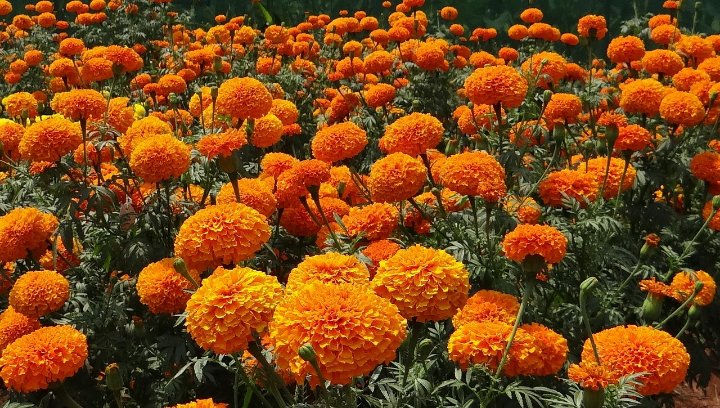
Known for their pest-repelling qualities and vibrant colors, marigolds can be added to your July flower lineup. They are incredibly heat-tolerant, thriving in full sunlight. Space them about 10-12 inches apart to allow adequate airflow and growth. These beauties not only bring color but also help maintain healthy soil conditions.
Cosmos (Cosmos bipinnatus)

Cosmos are perfect for Texan summers due to their heat tolerance and drought resistance. When planting them in July, make sure to space seeds about 12 inches apart in well-draining soil with plenty of sunlight. Cosmos bloom in magnificent pink, white, and purple hues, providing a whimsical touch to any garden space.
Petunias (Petunia hybrid)
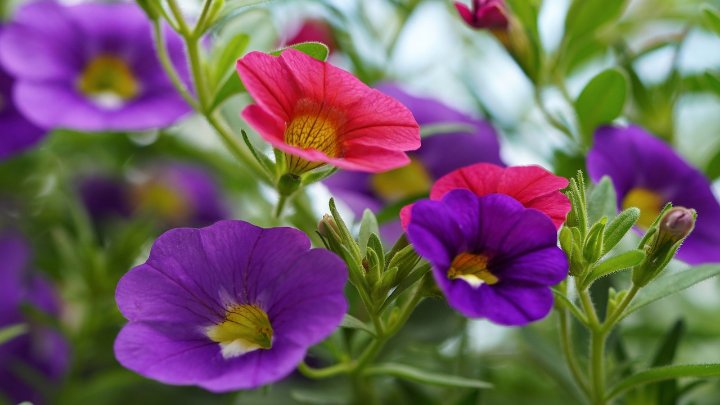
Petunias are lovely flowering annuals that can be planted in July, especially in the cooler areas of Texas. They come in an array of colors and perform best in well-draining soil with full sun exposure. Plant them about 12-18 inches apart to allow for their spreading nature. Their beautiful blooms can brighten up summer gardens and containers alike.
Blue Days (Evolvulus glomeratus)

This charming heat-loving perennial is ideal for planting in July. Blue Days thrive in full sun and are drought-resistant once established, making them perfect for the hot Texas climate. They should be spaced 12-18 inches apart in well-drained soil and will reward you with lovely blue flowers throughout the summer months.
Lantana (Lantana camara)

Lantanas are native to the southern climate and withstand drought and heat exceptionally well. July is a great time to plant these perennial beauties. Plant them in full sun with adequate spacing of at least 24 inches apart for air circulation. They provide continuous blooming and attract numerous butterflies, enriching your garden ecosystem.
Portulaca (Portulaca grandiflora)
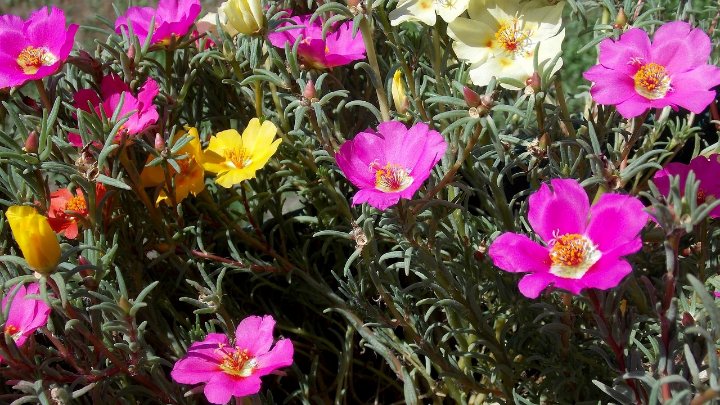
Portulaca, or moss rose, is a succulent annual that thrives in sunny, well-drained areas. July is an opportune time for planting these colorful flowers, which naturally resist drought. Space them about six to twelve inches apart as they tend to spread and fill out, providing vibrant color through the relentless summer heat.
Vinca (Catharanthus roseus)
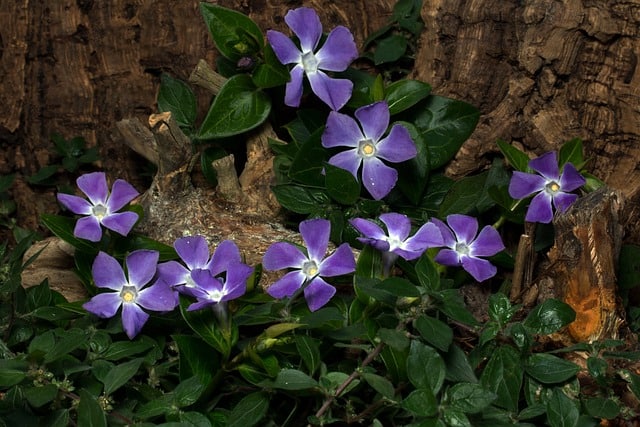
Vinca, or Madagascar periwinkle, is an ideal heat-tolerant flower for Texas gardens in July. They thrive in full sun and stressful conditions and are great for borders or containers. Plant them with spacing of 12 inches apart to allow plenty of room for growth. Vinca comes in a range of colors and serves as a cheerful stronghold in any summer garden.
Salvia (Salvia spp.)

Salvia is an excellent drought-resistant option for Texas gardeners in July. With its stunning spikes of flowers and sprawling foliage, this perennial flourishes in well-drained soil and direct sunlight. Space salvia plants about 12-18 inches apart for optimal growth, attracting pollinators and adding valuable textures and colors to your garden.
Herbs To Plant
Basil (Ocimum basilicum)

Basil is a fantastic herb to plant in July, as it thrives in warm-weather conditions. In USDA Zones 8-9, consider planting seedlings 12 inches apart in rich, well-draining soil and full sunlight. It flourishes in temperatures from 70°F to 90°F, while regular pruning enhances growth and flavor, providing a fresh, vibrant touch to your culinary creations.
Dill (Anethum graveolens)
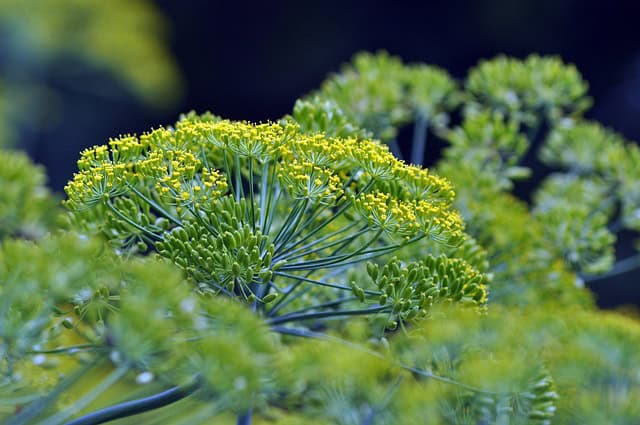
Dill is a flavorful herb that can still be planted in early July across most of Texas. It grows best in full sun and well-drained soil with adequate moisture, preferring temperatures between 60°F to 75°F; however, it can handle slight increases in heat. Space dill plants about 12 inches apart to allow ample room for growth and blooming, as its flowers attract beneficial insects.
Oregano (Origanum vulgare)
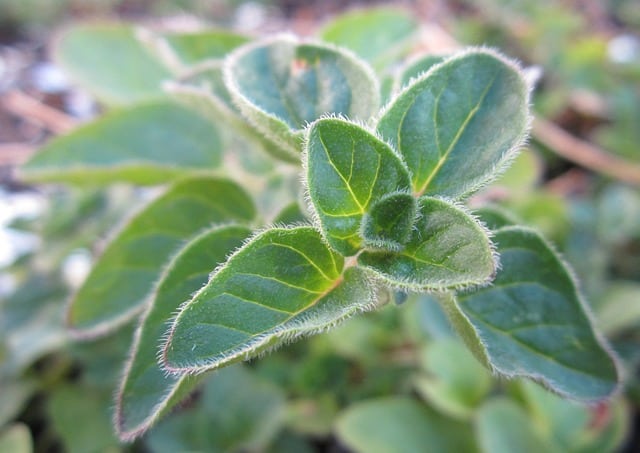
Oregano is a versatile herb that can be introduced to your garden in July. Known for its heat tolerance, oregano thrives in full sun and well-drained soil. You can space plants about 12-18 inches apart, as they do tend to spread. Regular harvesting helps maintain plant growth, and after a few summers, you’ll appreciate the rich flavors in your dishes that come from your own garden.
Thyme (Thymus vulgaris)
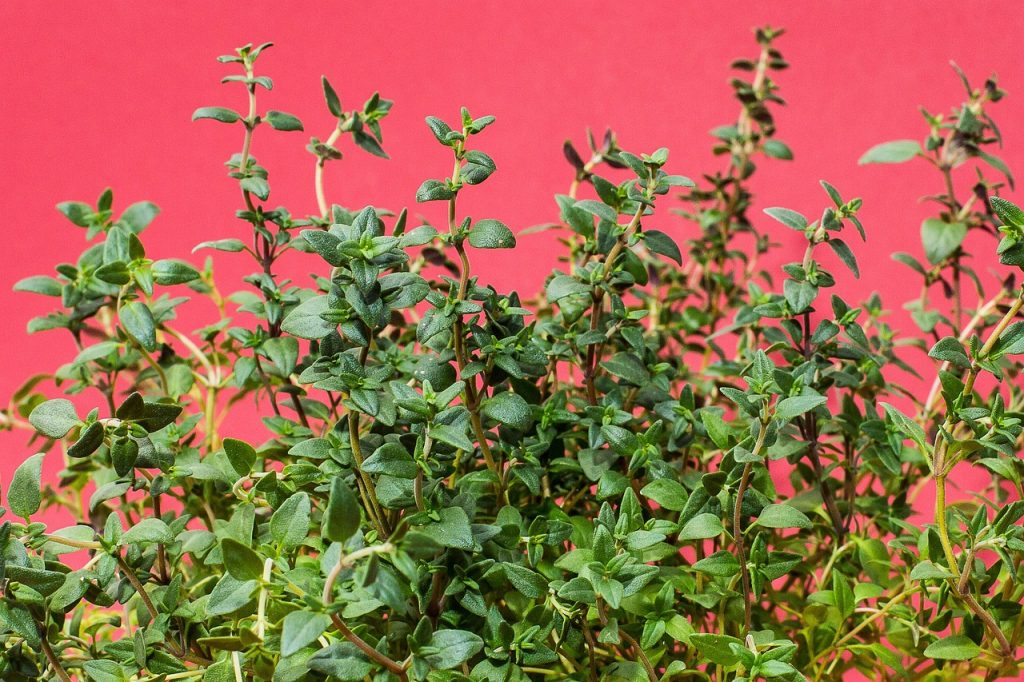
Thyme is another hardy herb that can withstand the Texas heat. Planting thyme in July is best as it requires little watering once established. Ideal planting conditions include full sun and well-draining soil. Space plants about 12 inches apart. With its fragrant leaves and sturdy growth, thyme adds an aromatic touch to your herb garden and culinary endeavors.
Cilantro (Coriandrum sativum)
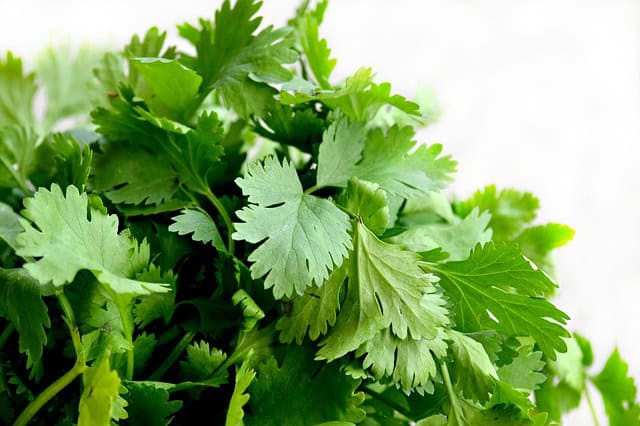
Cilantro can be planted in early July in regions with milder conditions, as this herb prefers cooler temperatures, ideally between 55°F and 80°F. Plant seeds directly in the ground, spacing them about 6 inches apart. Keep in mind that cilantro tends to bolt in the heat, so stagger your planting or provide afternoon shade for extended harvest throughout the summer.
Parsley (Petroselinum crispum)
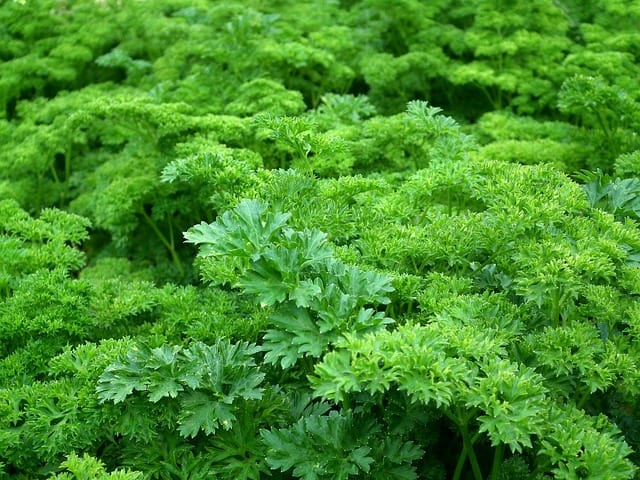
Parsley is an excellent herb to cultivate in July. It thrives in well-drained soil and full sun, with the benefit of being frost-tolerant in the cooler Texas climate. Space plants about 12 inches apart for optimal growth. Regular harvesting encourages a bushy growth habit, making parsley a staple herb for garnishes and flavoring in various dishes.
Chives (Allium schoenoprasum)

Chives are perfect for Texan gardens in July when planted in well-draining soil with plenty of sunlight. They can withstand heat and dry conditions but appreciate adequate moisture. Space chive plants about 6-12 inches apart, as they spread over time. Their delicate green stalks are not only great for cooking but also produce lovely purple blossoms that attract pollinators.
Rosemary (Rosmarinus officinalis)
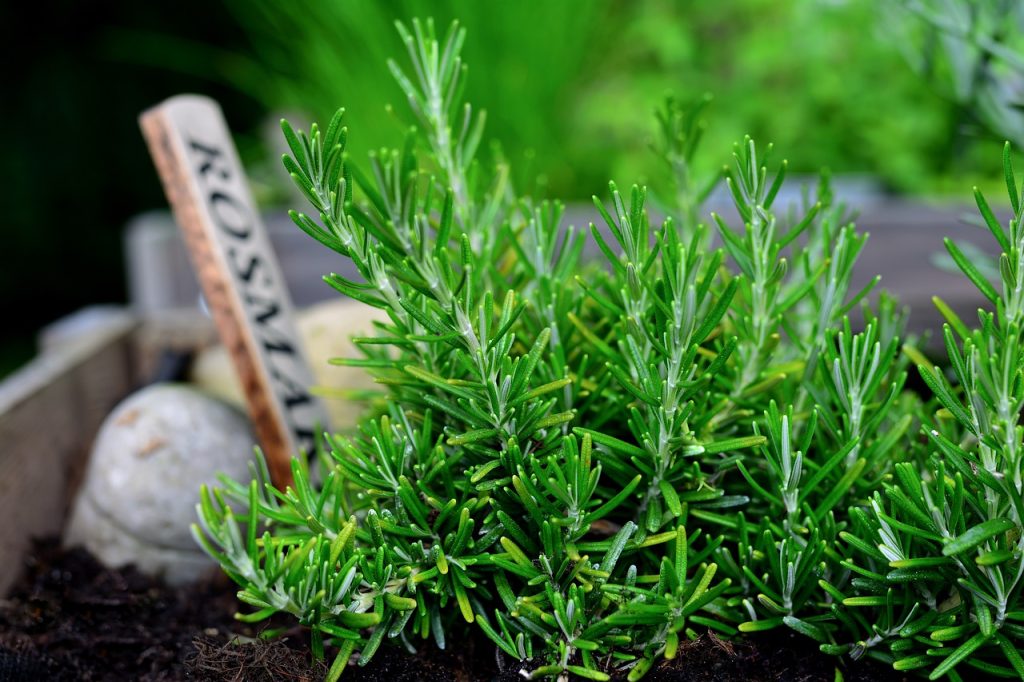
Rosemary is a perennial herb that truly thrives in hot Texas summers. It prefers well-drained, sandy soil and full sun exposure. Plant rosemary at least 24 inches apart, as it can grow tall and spread out. This aromatic herb enhances many dishes and acts as a pollinator attractor during its flowering period.
Mint (Mentha spp.)
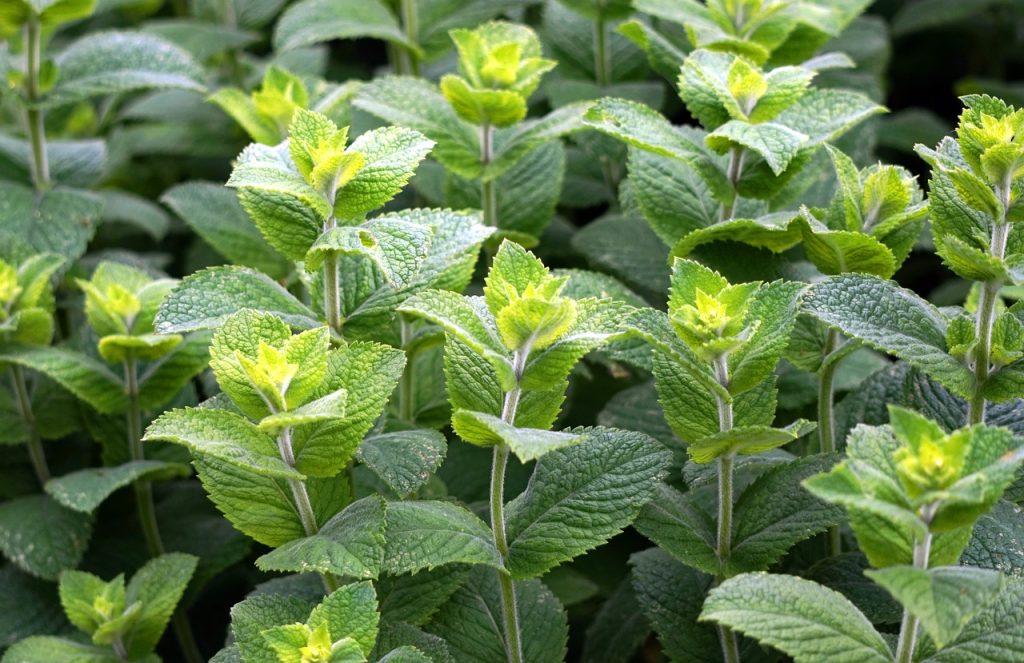
Mint can be planted in July, but it’s important to keep it contained, as it tends to spread vigorously. Choose a sunny location with well-drained soil, spacing plants 18 inches apart, or consider growing them in pots to control their growth. Regular harvesting keeps them healthy and flavorful, making mint a delightful addition to beverages, desserts, and savory dishes alike.
Lemon Balm (Melissa officinalis)

Lastly, Lemon Balm is an excellent herb for those hot July days. With its refreshing lemony scent, it thrives in full sun and well-drained soil. Space plants about 18 inches apart to encourage healthy growth. Its hardy nature and versatility make it a wonderful addition for culinary and fragrant purposes.
Landscape Plants To Plant
Mexican Sage (Salvia leucantha)
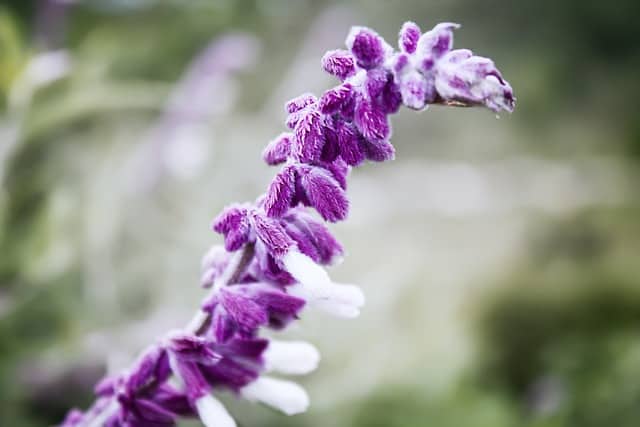
Mexican Sage is a stunning perennial that can be planted in July across Texas. It thrives in full sunlight and is heat-tolerant, making it suitable for hot summers. Space plants about 24-36 inches apart to allow for their sprawling nature. These plants produce beautiful purple and white flowers that attract hummingbirds and butterflies, enhancing your garden’s vibrancy and life.
Lantana (Lantana camara)

While mentioned as a flowering option, Lantana deserves a mention as a landscape plant as well. It is an outstanding choice for filler in hot areas and will bloom continuously throughout the summer. Besides its drought tolerance, its spreading habit and vibrant flowers make it an ideal choice for creating an eye-catching landscape.
Yucca (Yucca spp.)
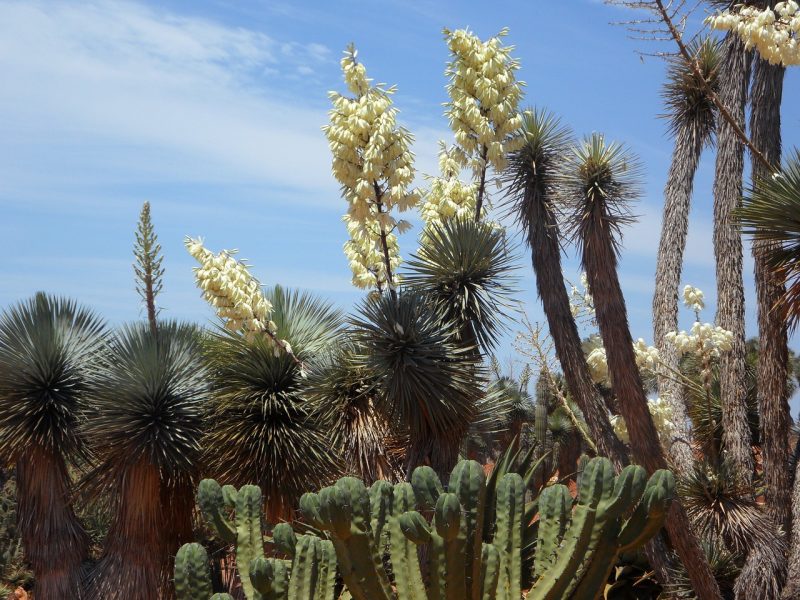
Yucca is perfect for the arid conditions of Texas, and July is a suitable time to introduce this striking plant. Known for its sharp, sword-like leaves and towering flower stalks, yucca offers visual interest in landscapes. Space them 3-4 feet apart in well-drained soil and direct sunlight. Yucca is extremely low-maintenance and drought-resistant once established.
Agave (Agave spp.)
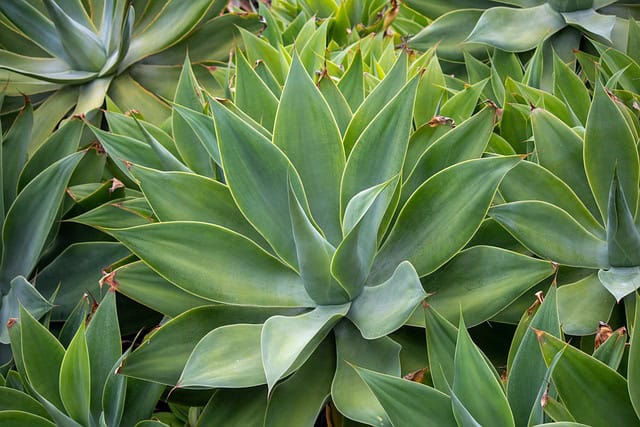
Agave is another great succulent choice that can be planted in mid-summer. These hardy plants prefer well-draining soil and full sun exposure. Space plants around 3-5 feet apart, as they can grow quite large. Agave not only thrives in drought conditions but also adds an architectural element to your landscape design.
Texas Sage (Leucophyllum frutescens)

Texas Sage is an indigenous shrub that flourishes in the hot Texas climate. July is an excellent time to plant this water-wise, drought-resistant shrub that can reach up to 6 feet tall. Spacing them 4-5 feet apart allows for ample air circulation and growth. In addition, their striking purple flowers attract pollinators while being a great addition to any landscape.
Daylilies (Hemerocallis spp.)
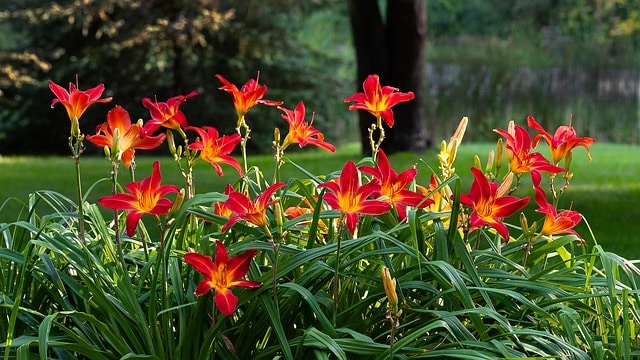
Daylilies are hardy perennials that can grace your garden with vibrant blooms all summer long. Plant them in July in well-drained soil and spaces of about 18-24 inches to allow for growth. They adapt well to various conditions, including drought, making them a reliable ornamental choice for any Texan garden.
Eastern Red Cedar (Juniperus virginiana)
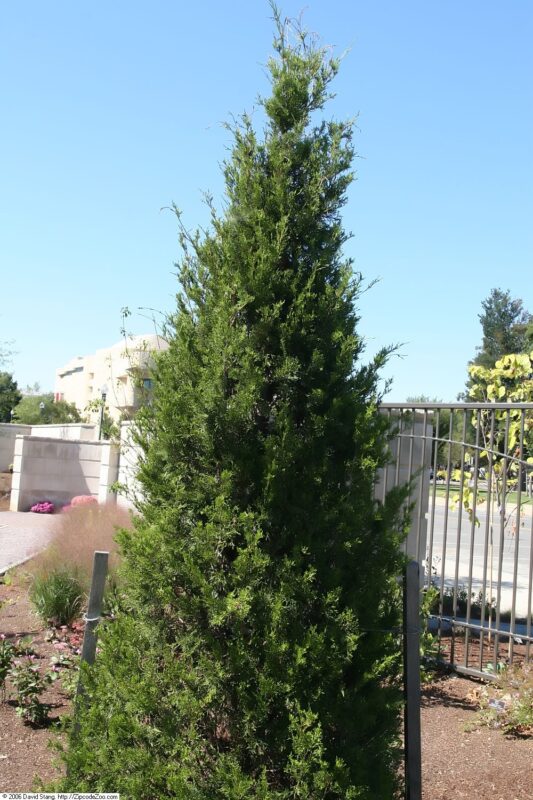
The Eastern Red Cedar is a native evergreen tree that thrives in Texas landscapes. Ideal for hotter climates, it can be planted in July, requiring little water once established. Space them at least 15 feet apart to allow for full growth. This resilient tree serves as a wonderful privacy screen or windbreak.
Purple Fountain Grass (Pennisetum setaceum)
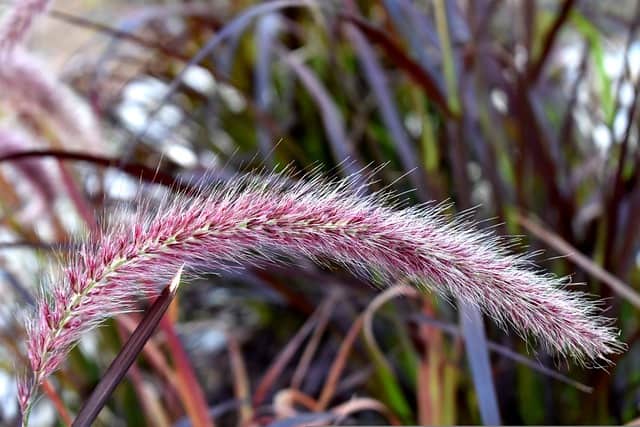
Purple Fountain Grass is a striking ornamental grass ideal for warm climates. Best planted in July to maximize growth, it requires plenty of sun and well-draining soil. Space plants about 3 feet apart for ample air circulation and growth. This resilient grass lends an elegant touch to gardens and attracts pollinators with its soft, feathery plumes.
Sedge Grass (Carex spp.)
Sedge grass varieties thrive in varied conditions, including those found in Texas landscapes. Planting in July allows these grasses to establish roots before the cooler months. Choose locations with partial shade and space plants around 18 inches apart. They serve as excellent ground cover, reducing soil erosion while contributing to your garden’s biodiversity.
Flowering Almond (Prunus glandulosa)
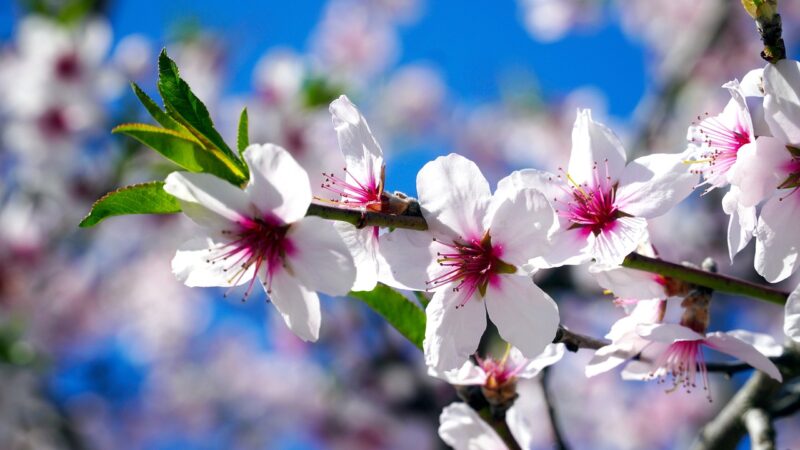
Lastly, consider planting Flowering Almond shrubs in July. Known for their beautiful early spring blooms, this resilient plant works well in a variety of landscapes. Space them about 3-4 feet apart for optimal growth and ensure they get sufficient sunlight. Their lovely blooms and compact size make them perfect for smaller gardens.


